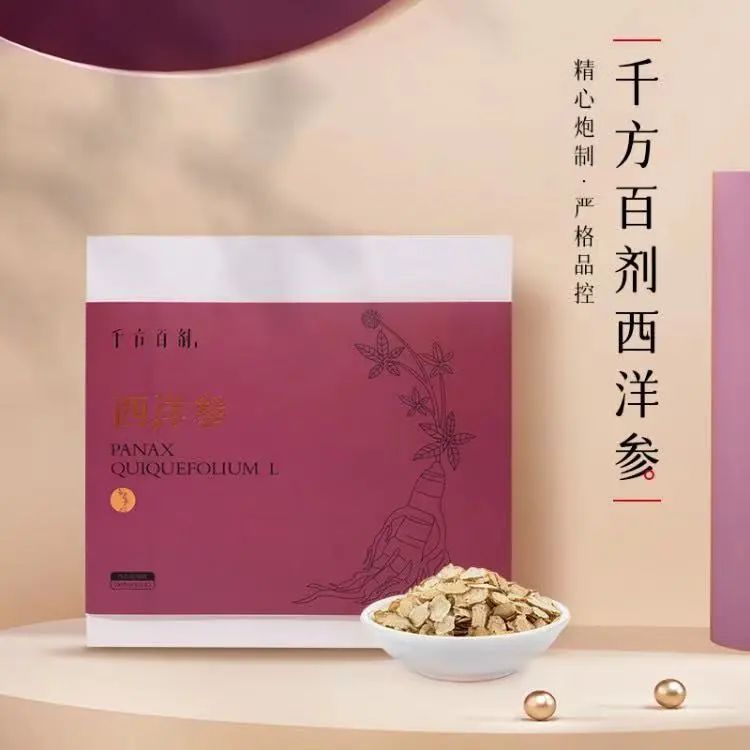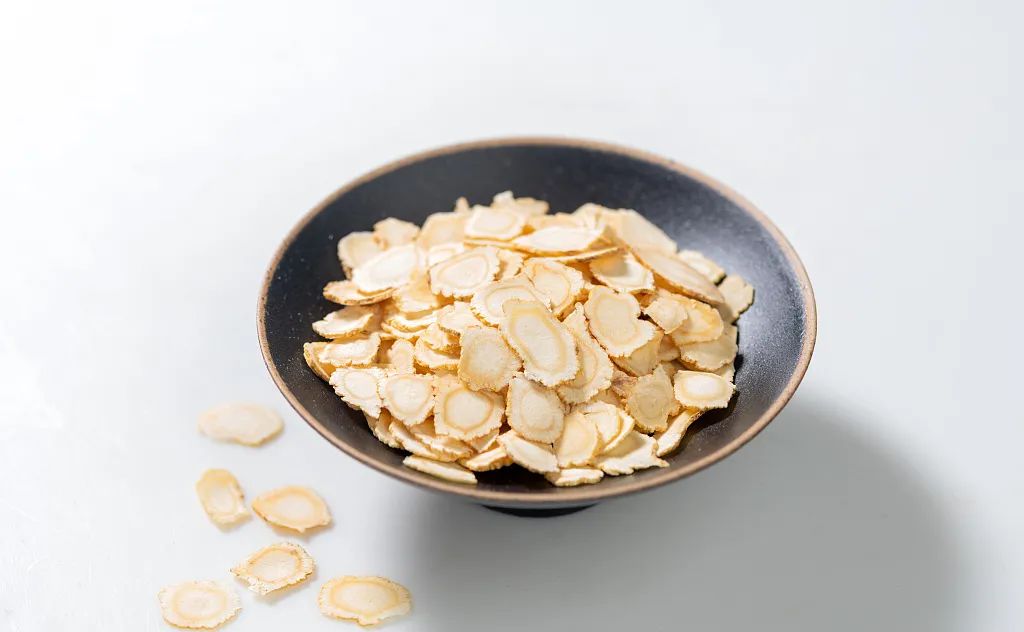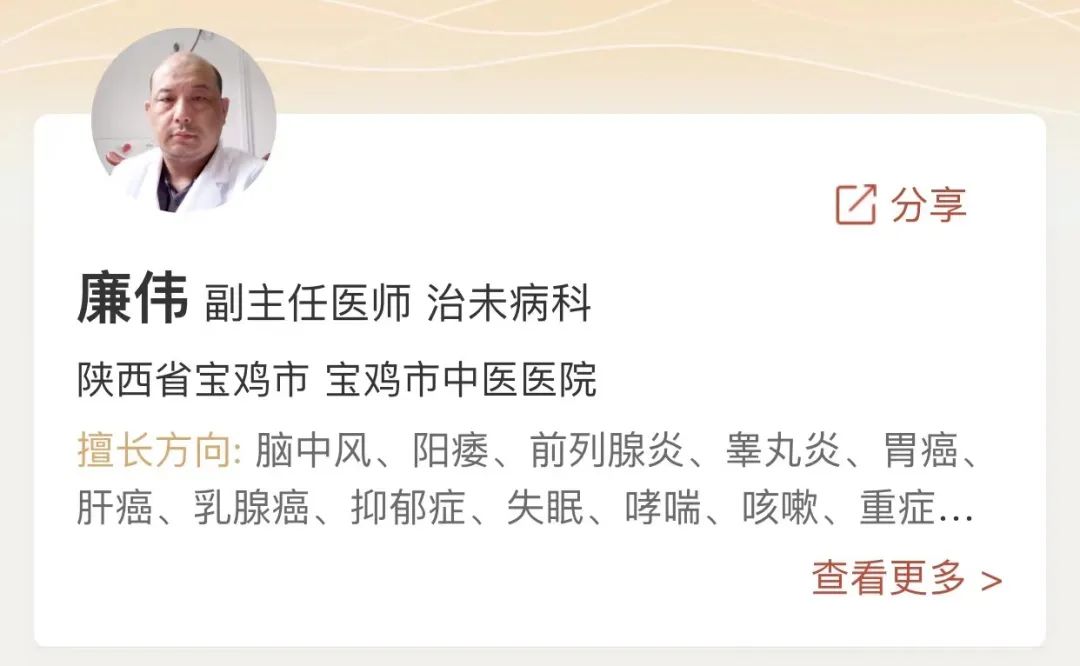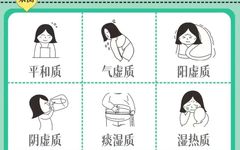
Traditional Chinese Medicine (TCM) emphasizes “nourishing the deficient”, where the premise of nourishment is that one aspect of Qi, blood, Yin, or Yang is relatively weak.
Without understanding one’s constitution, blindly engaging in health preservation and nourishment may instead burden and harm the body.
For those who are unsure of their TCM constitution, you can refer to last week’s lesson:【Self-Assessment Table for the Nine TCM Constitutions】to see which type you belong to.

Starting from this article, I will discuss the “Nine Constitutions” in TCM through a series of topics.
Only by recognizing one’s constitution can one apply the right remedies and make appropriate adjustments based on their constitution.
Today, we will focus on “Qi Deficiency Constitution” and how to better nourish the body for those with this constitution.
Manifestations of Qi Deficiency Constitution

/Source: Internet
• Dull complexion, poor physical strength
• Quiet and lethargic, easily fatigued
• Sensitive to cold and wind, prone to colds
• Prone to abdominal bloating after eating
• Loose stools
Four Types of Qi Deficiency
Heart Qi Deficiency Syndrome
Symptoms: Palpitations, chest tightness, pale tongue, weak and irregular pulse.
Treatment Principle: Nourish Qi and strengthen the heart. Main formula: Yangxin Decoction, Qifuyin.
Common Herbs: Ren Shen (Ginseng), Bai Zhu (White Atractylodes), Zhi Gan Cao (Honey-fried Licorice), Huang Qi (Astragalus), Dang Gui (Angelica Sinensis), Chuan Xiong (Szechuan Lovage).

/Source: Internet
Lung Qi Deficiency Syndrome
Symptoms: Weak cough, shortness of breath, worsens with exertion, clear and thin phlegm, prone to colds, pale tongue with white coating, weak pulse.
Treatment Principle: Tonify Lung Qi.
Common Herbs: Dang Shen (Codonopsis), Huang Qi (Astragalus), Huai Shan Yao (Chinese Yam), Tai Zi Shen (Pseudostellaria), Mai Dong (Ophiopogon), Bai Zhu (White Atractylodes), Gan Cao (Licorice), Da Zao (Jujube), Shu Di Huang (Rehmannia), Wu Wei Zi (Schisandra).

/Source: Internet
Spleen and Stomach Qi Deficiency Syndrome
Symptoms: Reduced appetite, discomfort in the stomach after eating, loose stools, sallow complexion, pale tongue with white coating, weak pulse.
Treatment Principle: Strengthen the Spleen and tonify Qi.
Common Herbs: Dang Shen (Codonopsis), Huang Qi (Astragalus), Huai Shan Yao (Chinese Yam), Bai Bian Dou (Lima Bean), Yi Yi Ren (Job’s Tears), Mai Dong (Ophiopogon), Bai Zhu (White Atractylodes), Gan Cao (Licorice).

/Source: Internet
Kidney Qi Deficiency Syndrome
Symptoms: Weakness in the lower back and knees, frequent clear urination, thin and clear vaginal discharge, pale tongue with white coating, deep and weak pulse.
Treatment Principle: Tonify Qi and nourish the Kidneys.
Common Herbs: Dang Shen (Codonopsis), Shu Di Huang (Rehmannia), Sheng Di Huang (Raw Rehmannia), Huai Shan Yao (Chinese Yam), Gou Qi Zi (Goji Berries), Shan Zhu Yu (Cornus), Dang Gui (Angelica Sinensis), Zhi Gan Cao (Honey-fried Licorice), Tu Si Zi (Dodder Seed), Yi Zhi Ren (Alpinia).

/Source: Internet
How to Nourish Qi Deficiency Constitution
Nourishing Principles: Tonify Qi and nourish blood, strengthen the foundation of Qi, and support the Spleen.
Dietary Adjustments: It is advisable to consume foods that are neutral to slightly warm and have the effect of tonifying Qi and strengthening the Spleen.
Grains: Millet, barley, glutinous rice, buckwheat, etc.;
Meats: Beef, rabbit, pork stomach, chicken, duck, goose, silver carp, yellow croaker, pigeon, quail, donkey meat, etc.;
Vegetables: Carrots, shiitake mushrooms, spinach, black fungus, white fungus, lion’s mane mushroom, etc.;
Fruits: Peanuts, red dates, grapes, longan flesh, etc.;
Additionally, one can gradually nourish with Dang Shen (Codonopsis), Huang Qi (Astragalus), Ren Shen (Ginseng), Bai Zhu (White Atractylodes), Shan Yao (Chinese Yam), Tai Zi Shen (Pseudostellaria), and Xi Yang Shen (American Ginseng).
American Ginseng is known for its Qi tonifying properties, and it is particularly suitable for individuals with Qi deficiency who are prone to colds. It can be paired with Chinese Yam for a strengthening the Spleen, dispelling dampness, and tonifying Qi.

/Click the image to purchase
Recommended Nourishing Recipes
01 American Ginseng and Yam Lean Meat Soup

/Source: Internet
Ingredients: American Ginseng, Yam, lean pork.
Method: Place all ingredients in a pot, bring to a boil over high heat, then simmer for half an hour, season, and consume the soup and meat.
Effects: Clears the mind, calms the spirit, nourishes Qi and blood.
02 Ginseng and Goji Berry Eight Treasures Tea

Regular Price:¥68
Promotional Price: ¥58
Click the image to purchase 
The main formula of Ginseng Eight Treasures Tea consists of Ginseng and Licorice as the primary ingredients, supplemented with Gong Ju (Chrysanthemum), Goji Berries, Red Dates, and Mulberries.
Ginseng has a sweet and slightly bitter taste, is neutral in nature, and enters the Lung, Heart, and Spleen meridians, with effects of greatly tonifying Yuan Qi, tonifying the Lung, and strengthening the Spleen; Red Dates are sweet, neutral, and enter the Spleen and Stomach meridians, with effects of tonifying Qi, strengthening the Spleen, nourishing blood, and calming the spirit; Goji Berries are sweet, neutral, and enter the Liver and Kidney meridians, beneficial for tonifying the Kidneys, nourishing the Liver, improving vision, and enhancing immunity.
03 Astragalus and Red Date Tea

/Source: Internet
Ingredients: 5g Huang Qi (Astragalus), 5g Chen Pi (Dried Tangerine Peel), 1 pitted Red Date.
Method: Boil the above herbs in water as a tea, once a day.
Effects: Tonifies the middle, boosts Qi, enhances immunity, improves physical condition, and lowers blood pressure while combating aging.
To prevent illness before it occurs, the first step is to understand your constitution, and then make adjustments and changes; this is the most effective way to achieve health.
In the next article, we will share how to adjust for “Yang Deficiency Constitution”, stay tuned!
Article Guidance by Physician

Lian Wei, Associate Chief Physician, Baoji City TCM Hospital,Department of Preventive Medicine.
With nearly 20 years of clinical experience, inheriting classic ancient formulas, integrating medicine and food, skilled in treating common diseases and chronic complex diseases in internal medicine, gynecology, and pediatrics, especially effective in managing endocrine disorders, stroke, coronary heart disease, liver cirrhosis, chronic kidney disease, diabetic complications, malignant tumors, polycystic ovary syndrome, stubborn dysmenorrhea, premature ovarian failure, recurrent fevers in children, convulsions in children, and anorexia in children.
Specialties:
Stroke, impotence, prostatitis, orchitis, gastric cancer, liver cancer, breast cancer, depression, insomnia, asthma, cough, myasthenia gravis, dizziness, neurasthenia, Parkinson’s syndrome, menstrual disorders, polycystic ovary syndrome, menopausal syndrome, colds, cancer pain.
Special Reminder:
In TCM, diagnosis must be based on syndrome differentiation and comprehensive examination; do not self-prescribe medications; if medication is needed for adjustment, please consult a qualified TCM practitioner.
Dr. Lian Wei has joined – Qihuang Medical Officer
Online Consultation Integrated Service Platform
Click to consult Dr. Lian Wei⬇

-END-
Planning and Production
Planning Editor | Medical Officer Planning Team
Content Guidance | Dr. Lian Wei
Copyright Statement | Some images sourced from the internet (will remove upon request)

Click the image▲to consult directly
Consultation Method: Follow Qihuang Medical Officer WeChat Official Account
Click the menu: Consultation and Medication → Find Famous Doctors → Search Departments/Famous Doctors
You can consult a doctor online!





